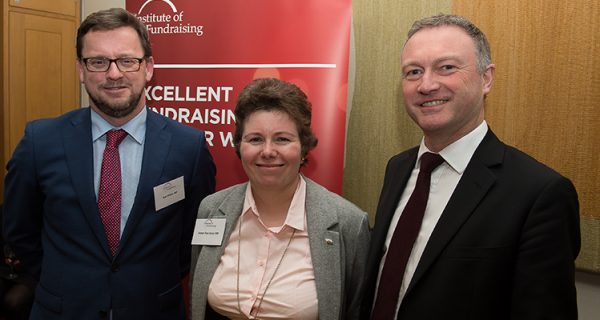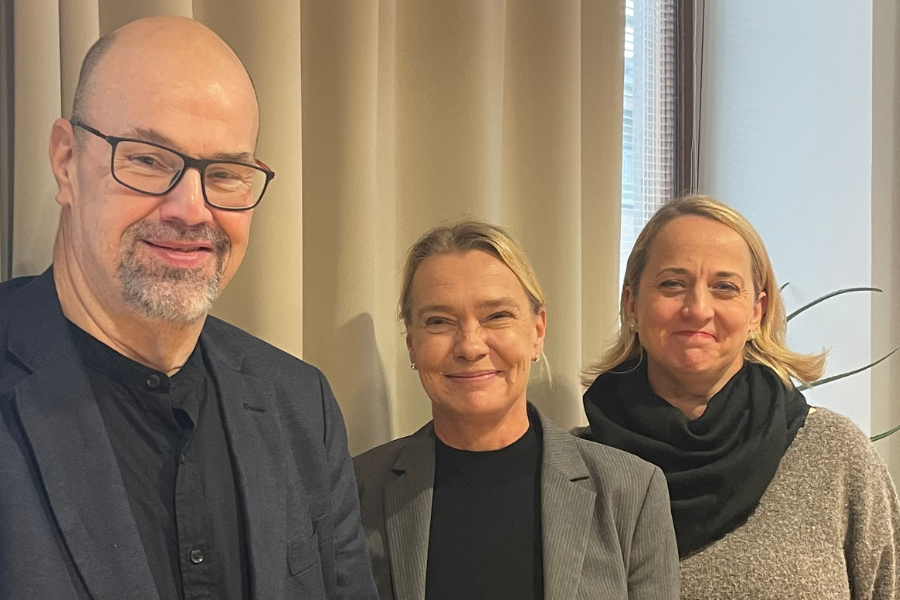
Fundraising celebrated at House of Commons
February 6, 2017
FVA calls for support from Ministry of Finance over changes to donation tax rules
February 8, 2017German non-profits must look further forward and adopt more of the practices of the commercial sector if they are to survive long-term, according to a report from donor survey specialist Fundgiver.
Fundgiver conducted market research into the future of fundraising in Germany and on what its fundraisers need to do now to equip themselves for the future. Fundgiver’s report Fundraising 2030 reveals the major trends, challenges and opportunities as identified by a mix of the country’s fundraisers and sector specialists.
In total the survey questioned 25 experts: one third of which were fundraisers in federal Lutheran churches, while a third were fundraisers in major German NGOs, and a third were experts in the sector including scientists and representative from industry associations.
Big data, globalisation & digitisation among greatest challenges
According to the report, the rise of big data, globalisation, and digitisation are among the biggest challenges non-profits will have to face, as charities increasingly struggle to attract the public’s attention among the thousands of other messages people each see on a daily basis. This will mean that messages will need to be simple, emotional, and donor centric, according to the report.
Big data will also become more than a buzzword, with increasing pressure for non-profit organisations to work in a similar way to the likes of Amazon and Google to meet public expectations.
Tom Neukirchen, author of the report and founder of Fundgiver said:
”There is a huge gap between the commercial and non-profit sectors. NGOs have to change, or change will overcome them, and specifically, people will want to have the same level of service from their NGOs as they receive from the likes of Amazon and Google so there will be an increasing need to deliver that.”
Increasing globalisation will also affect the management of projects with more controlled internationally and a blurring of the line between national and international work. Projects and therefore fundraising efforts in the future may span both: a charity could for example fundraise for a project that helps refugees both nationally and internationally.
According to the report, in order to be heard and to attract and keep supporters, charities will also need to develop a strong brand, improve transparency including how they show their impact, place a greater emphasis on permission, and increase the use of micro-marketing to enable more people to get involved in their projects.
A greater diversity in the population, coupled with a change in demographics as the population ages but the associated wealth of older age groups decreases will also require charities to change how they communicate with people.
Investment in technology & people a necessity
All of these changes will also require greater investment in CRM, big data, and technology, as well as in specialists in those fields to improve the effectiveness of communications. It will also demand a greater adoption of existing and new channels and technology, including payment platforms and mobile payment, the rise in which will benefit charities that adopt it by making donating quicker and easier, therefore encouraging more people to give more frequently.
While many opportunities will arise in the future however, the report suggests that charities today are not yet ready to take advantage of them. It identifies a lack of institutional readiness and of dedicated resources as major issues going forward, with a need for NGOs to invest more in fundraising as well as in attracting IT, data, and CRM professionals.
“Most NGOs are planning for next year, and some have strategic planning in place for the next three to five years, but almost none look any further ahead,” added Neukirchen. “There is a real need to develop a much longer term vision if they are to succeed in the future.”




